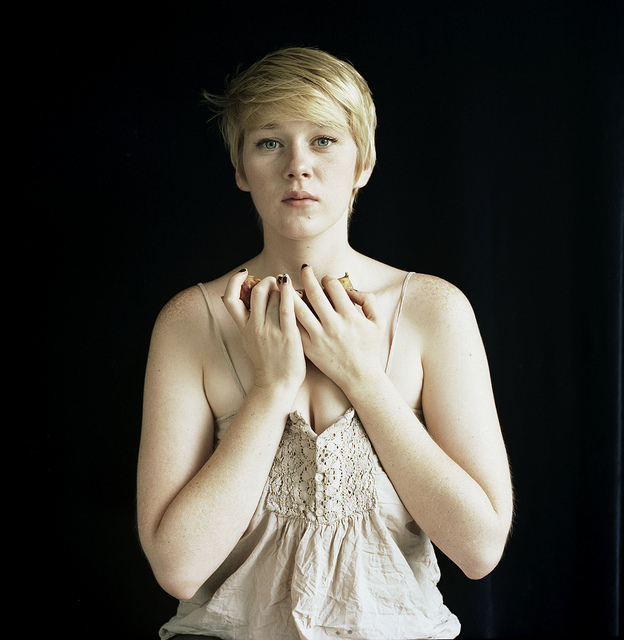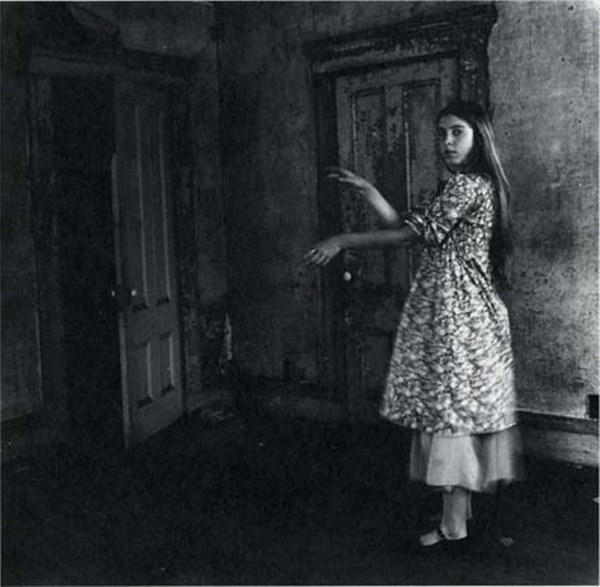Happy Friday! We’ve enjoyed delving deeper into some of the beautiful images on display in Shaping a Modern Identity: Portraits from the Joseph and Charlotte Lichtenberg Collection during our 5-day celebration of FotoWeekDC. The last photograph we’re featuring is Lydia Panas‘s Figs, which also happens to be the most recent photograph on display in the installation.

Lydia Panas, Figs, 2010. Chromogenic print. Joseph and Charlotte Lichtenberg Collection. © Lydia Panas
For Panas – a contemporary portrait photographer working in southeastern Pennsylvania – figs provide both a title for her 2010 work as well as a unique means for exploring the internal through portraiture. In her series Falling From Grace… from which this work comes, the subjects are placed in front of a black background and provided with various foods which they are instructed to hold in their hands. Panas believes that people’s extremities often reveal what a face may conceal. Her work is drawn from the idea that the things we try to hide still reveal themselves somehow. This seems most evident in the Falling from Grace… series, where the expressions are particularly unclear but the hands and positioning of food objects seem to give the viewer cues as to the sitter’s emotional state.
In Figs, the young woman sits with her hands holding several figs close to her chest. Her light skin and hair provide a stark contrast with the black background. Panas cites Old Dutch portraiture and early religious works, where the faces are set against a dark black background, as an important influence. The black background allows the viewer to zoom in directly on the sitter, her pose, and her expression. The woman’s expression is searching, slightly tentative, and her hands carefully cradle the figs and almost completely obscure them from the viewer’s sight, as if she is protecting them. There is an underlying intimacy between the subject and photographer in this and all the other photographs in the series, as if Panas has been able to extract each sitter’s vulnerability, breaking through the unreliability of facial expressions and using their subconscious movements and poses with the food objects to reveal their true emotions and thoughts.


